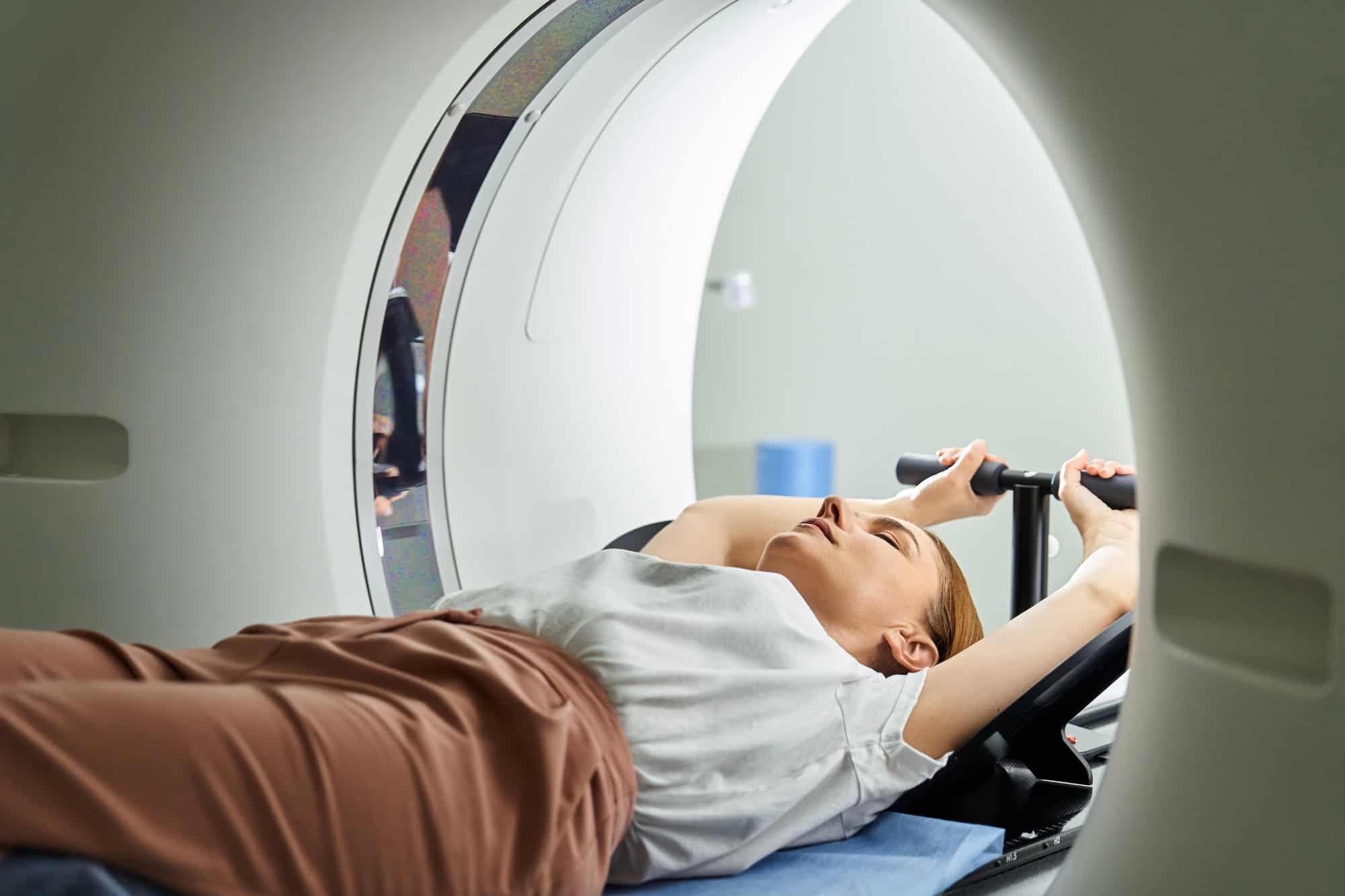Individuals filing their initial claims for long-term disability insurance (LTD) benefits can easily find the process overwhelming. Many may struggle to understand their policies’ requirements concerning LTD claim evidence and documentation, and find documenting long-term disability claims difficult as a result. The kinds of evidence that will be most helpful in strengthening your long-term disability case will depend to a large extent on the kind of condition you have, and the medical standards for how that condition is diagnosed. In some instances, there may be additional medical diagnostics that serve to document the severity of the condition in a particular patient.
As you consider how to go about collecting and submitting medical evidence for your long-term disability application, keep in mind that the terms of your policy will dictate many of your options, and remember that the best practices for documenting LTD claims always involve careful recordkeeping, timely updates, and clear communication with your healthcare providers.
What Documentation Is Needed To Prove Disability?
The specific types of documentation needed to support a long-term disability claim will depend on two major factors:
- The nature of the disabling condition
- The rules and requirements of the LTD company, outlined in the terms of the policy
Not all conditions will produce the same types of LTD claim evidence and documentation. Chronic fatigue syndrome, for instance, will not show on an X-Ray, while chronic back issues are unlikely to be demonstrated by the results of a blood test. The condition itself, and the symptoms it causes, will dictate the types of medical evidence that are possible and relevant to document.
The terms of the insurance policy will establish which forms of documentation are accepted as a record of this evidence. Usually a long-term disability claim will need a few different types of evidence, but there are at least two forms of documentation that will be needed in almost every case.
Documenting Long-Term Disability Claims: Written Record of Your Symptoms and Their Impact
While not sufficient on its own, often the personal statement you submit describing your own condition and the way its symptoms interfere with your ability to function on a day-to-day basis can be one of the most powerful pieces of LTD claim evidence and documentation in your case. This statement is generally less a plea for sympathy than a matter-of-fact delineation of what happens when you try to do certain things.
What Should Go in the Personal History of Impairment?
“Certain things,” for the purposes of understanding best practices for documenting LTD claims, will be work-related activities and sometimes basic daily tasks that rely on the same motor control or mobility or concentration or other capacity that has been impaired by your condition. With an any-occupation disability policy that only provides benefits to individuals who are unable to work in any job, it can be especially helpful to record your limitations in daily life activities that one might reasonably expect to be needed for a wide range of jobs, not just with the job you have recently left behind.
Keep in mind that the cardinal rule of LTD benefit applications is that the insurance claim reviewer does not care about how the disability has impacted your life outside of work, only how it prevents you from carrying out the essential tasks of a job. Limit personal details to examples that show how specific physical or mental abilities have been substantially limited by your condition, and be explicit in clarifying how the limitations demonstrated by your chosen examples would translate to the workplace.
Best Practices for Documenting LTD Claims: Keep a Log of Symptoms, Even if You Hope for a Swift Recovery
Start your recordkeeping for an LTD claim as early as possible. If you are applying for long-term disability benefits as the result of an accident-related injury, or because of the effects of a medical event, such as a stroke, that came on suddenly and left you with a long road to recovery, then your earliest chance to begin documenting your condition may be during the short-term disability insurance (STD) benefit period you will likely be required to exhaust before filing a claim for LTD. In that case you may even be tempted to put off developing a record or “log” of your symptoms and their daily impacts.
Keep in mind that there is no obligation to use the record as part of an LTD claim process if you are able to return to work instead, but if you do not have the record then you will not have the option to use it. Meanwhile, having a record of how your situation develops from day to day can help you and your healthcare providers to chart the course of your progress in ways that have nothing to do with filing any type of insurance claim. As a rule, there are many potential benefits, and hardly any downsides, to creating a personal record of your own experience.
Documenting Long-Term Disability Claims: Putting Together the Pieces of Your Personal Health Puzzle
For individuals who have left work initially because of the gradual worsening of symptoms from a condition that has become more limiting over time, the picture may look somewhat different. You may have already had the experience of needing to document your symptoms from the past few months or years. One of the challenges in these situations tends to be that most people who begin to experience symptoms with a gradual progression do not immediately realize that the symptoms will someday become disabling. With disorders that tend to have multiple different symptoms because of their impacts on different parts of the body, it can take a long time, and in some cases a professional medical opinion, even to recognize that the symptoms are related.
What often happens in these situations is that the person describing how their condition has to do a bit of “retracing of steps,” usually charting the timeline by tying the emergence or exacerbation (worsening) of particular symptoms either to medical appointments or to life events that were affected by the issue: a work reprimand in response to costly, out-of-character mistakes brought on by brain fog, an early exit from a loved one’s wedding made necessary by debilitating back pain. If you have already been through this process of “reconstructing” your personal timeline, you have a chance now to build on it with more precise details, recorded much closer to the times when you experienced them.
Strengthening Your Long-Term Disability Claim: Start Where You Are
Wherever you are in your journey, begin. Even if confirming the dates for specific episodes that have marked a worsening of your symptoms or convinced you it was time to consider alternatives to full-time work may have to take place in slow stages, begin documenting your current symptoms and the ways they interfere with your life. Focus not so much on how it feels to be in pain or exhausted, but on the things you are unable to do, especially any tasks that would be likely to see significant use in a wide variety of job roles and work environments.
Examples could include anything from standing more than a few minutes at a time to staying awake while seated to using working memory to keep track of which of the documents you are holding needs to be copied. A conversation with an attorney who has experience in long-term disability cases may help you to identify which elements of your situation are especially valuable to best practices for documenting LTD claims, and which may need to remain as part of your personal archive.
LTD Claim Evidence and Documentation: Attending Physician Statement
Long-term disability claims normally require at least one assessment by a professional medical practitioner not directly involved in the claimant’s care. This assessment is called an “independent medical evaluation” (IME) and is often a crucial part of an individual’s LTD claim evidence and documentation. However, it is not the only type of physician report that may be useful in strengthening your long-term disability case. In fact, most of the time individuals filing claims for long-term disability benefits will also need to ask their primary healthcare provider to submit an attending physician statement (APS) on their behalf.
Insurance companies will differ in the format they require for the APS, but often they will want the physician to respond to a pre-defined set of questions provided in a form. In recent years, these forms have often been handled electronically. For obvious reasons, you will not have much control over what information your doctor reports, or how. What you may wish to do, however, is consult with a disability attorney to gain a deeper understanding of what insurance companies are typically looking for in cases similar to yours, and have a conversation with the healthcare professional overseeing your care to be sure that the two of you are on the same page concerning the nature of your symptoms and how they affect the considerations that are likely to be of particular interests to an insurance claim reviewer. Often clear, thorough communication can be extremely valuable in strengthening your long-term disability claim.
Some Best Practices for Documenting LTD Claims
Of course, documenting long-term disability claims will involve much more than presenting statements from the individual filing the claim and the physician who has been overseeing his or her medical care. These other forms of LTD claim evidence and documentation can encompass the results of laboratory bloodwork, imaging scans, and even psychological assessments. The details for the kinds of documentation that will be useful in strengthening your long-term disability case will depend heavily on the kind of disorder you have and the way the condition is diagnosed.
For many conditions, there may also be additional assessments that are used to evaluate the severity of symptoms and even their speed of progression. Any of these may be relevant to documenting long-term disability claims, depending on the circumstances. In all these cases, however, some of the most effective practices for documenting LTD claims will center on thoroughness and attention to detail in the timely collection of accurate, up-to-date information that meets the criteria for admissible evidence laid out in the terms of your long-term disability insurance policy.


